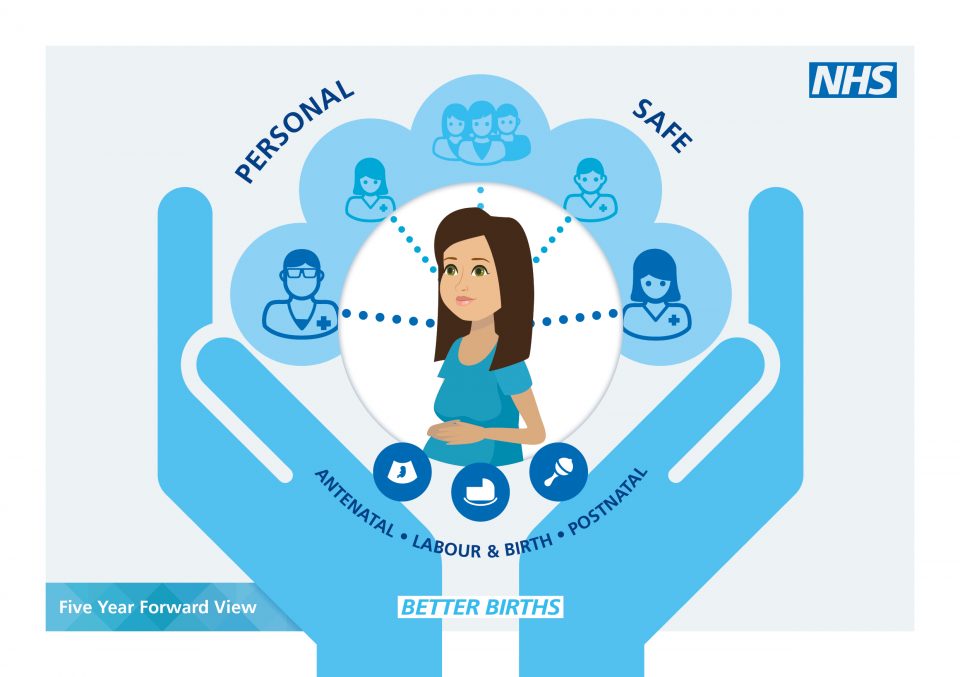Last week saw the celebratory meeting online to report on the fifth year of progress of the Better Births maternity transformation for England.
For those unfamiliar with Better Births, back in 2015 a country-wide consultation process took place to consider how maternity service could be improved after the revelations from reports on maternity services in Morecombe bay.
Led by Baroness Julia Cumberlege, the Better Births report pointed to change needed in:
- Personalised care
- Continuity of carer
- Safer care
- Better postnatal and mental health care
- Multi-professional working
- Working across boundaries
- The payment system
At the time the similarities of the requirements to the fated Changing Childbirth report of the early 1990s were recognised by those of us old enough to remember. However, this time, the process of implementation has been very different, with lessons learned, particularly around having service users at the helm and a multidisciplinary teamwork approach. The meeting last week had a truly celebratory focus and highlighted the ongoing progress and success of the transformation process. Presentations were from different professional groups as well as from Mo Ade, MVP chair for the Maternity Voices partnerships discussing co-production. The meeting also introduced the new guidance for Local Maternity Systems for Personalised care planning, a key piece in the puzzle for implementation of the transformation.
Despite the celebratory nature, it is evident there is much more work to do, especially since the hiatus created by the pandemic over the last year. The pandemic has also exposed the lack of equity across all healthcare, with the MBRACCE report pointing again to major discrepancy. Jacqueline Dunkley-Bent, reminded us of the inequity across the services and raised again that there is still much to do. In addition, the recent interim report on the events at Shrewsbury and Telford Hospital NHS Trust from Donna Ockenden, concluded with changes required for increased safety. It was impressed at the Better Births event that these recommendations would be embedded into the current Maternity transformation plans. Recent increased funding to aid implementation was also broadly welcomed.
It was a joy to hear Baroness Julia Cumberlege, original lead of both Changing Childbirth and for Better Births, tell us birth is to promote dignity, that birth is not a medical event and it is time to leave behind some of the bureaucracy, including ditching policies, and birth in stirrups. She also celebrated the work of the stakeholders of Better births, including the National maternity voices partnerships, and praised multidisciplinary safety training.
At the end of the day, Steve Anderson, Head of the Maternity Programme, highlighted the guidance for Local Maternity systems to progress, that started with recovery from the pandemic. Sarah Jane Marsh, Chair of the National Maternity Transformation programme also introduced the new plans for Maternity Digital care records across the services.
The Better Births five year review leaves a taste of hope and anticipation that, after so many years of waiting since Changing Childbirth, there could be a maternity service that will be the best for women and birthing people, their babies and families for a long time to come. But it is evident that there is still much to do. For example, full continuity of care teams across the country are now numbered at 347, with 214 of those in areas of deprivation. As a development this is encouraging, but there still remains many areas that do not have this in place. Momentum has clearly been lost with the past year of the pandemic. Here is hoping that services will now be able to take a deep breath, welcome the positive news from the review and see the extra funding as a shot in the arm to continue on the process of change.


